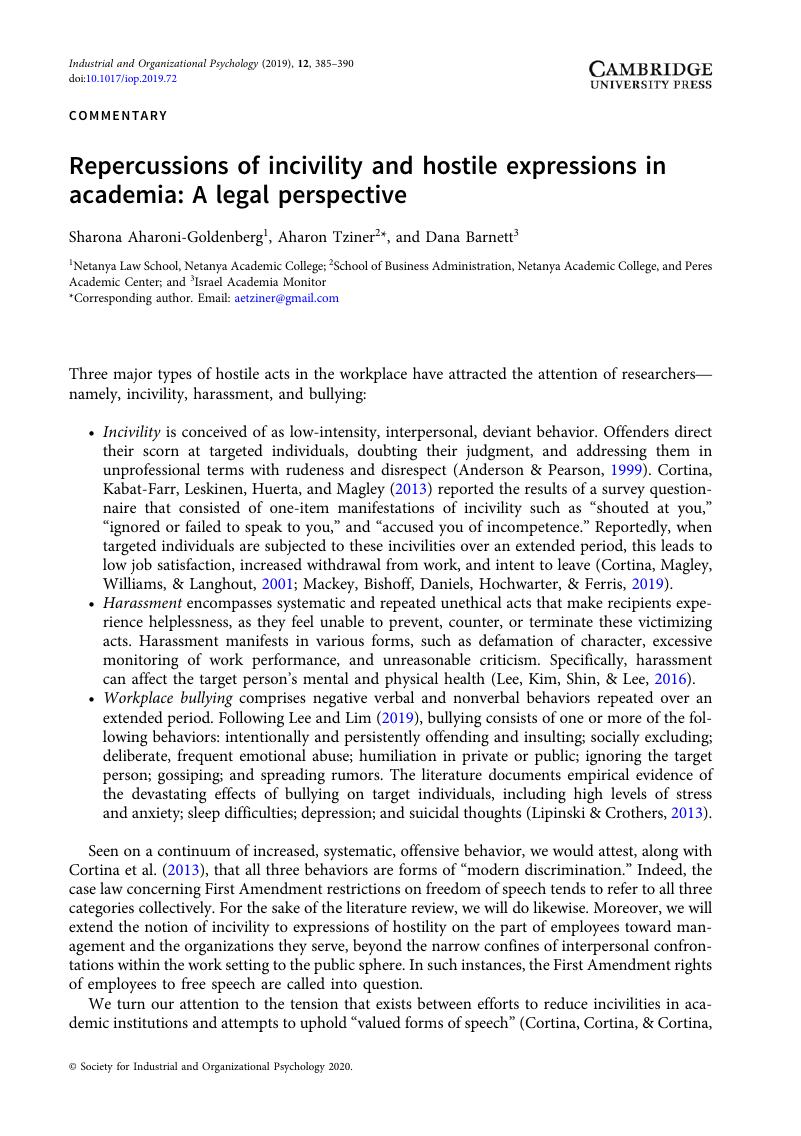Crossref Citations
This article has been cited by the following publications. This list is generated based on data provided by Crossref.
Drory, Amos
Shkoler, Or
and
Tziner, Aharon
2022.
Abusive leadership: A moderated-mediation through leader-member exchange and by organizational politics.
Frontiers in Psychology,
Vol. 13,
Issue. ,



